
Most likely, you have heard of the “G-spot.” The G-spot, which was named after the German gynecologist Ernst Gräfenberg, refers to a very sensitive area on the front wall of the vagina that can lead to intense sexual arousal when touched. Stimulation of the G-spot can cause it to swell, and it may result in powerful sexual pleasure, orgasm, or even female ejaculation.
Not surprisingly, the G-spot has long been a staple in discussions of female sexual pleasure. However, just recently, experts from the International Society for the Study of Women's Sexual Health (ISSWSH) have proposed changing its name “G-spot” to “G-zone.”
Interestingly, Gräfenberg first described this sensitive area of the vagina as a “distinct erotogenic zone” in his 1950 publication called “The Role of Urethra in Female Orgasm.” In fact, it wasn’t until 1981 that a team of researchers coined the term “G-spot” in a research paper on female ejaculation. Although the name stuck, some now believe that it is a misleading term for this region of the vaginal wall.
Based on Gräfenberg’s original description, this erogenous area of the anterior vaginal wall can perform three functions: pleasurable sensations, swelling, and fluid ejaculation. In line with this observation, the ISSWSH experts mentioned above point out that there is no singular “spot” within the vagina that performs all of these functions. Instead, five distinct types of tissues make up this zone and accomplish different functions:
- The corpora cavernosa of the clitoral crura are two masses of spongey erectile tissues that are located in this area and contribute to pleasure and swelling.
- The corpora spongiosa of the vestibular bulbs, (i.e., two bulbous masses of erectile tissue located on either side of the vaginal opening and around the anterior vaginal wall,) also contribute to pleasure and swelling.
- The prostatic glandular tissue surrounding the urethra allows for the sensation of pleasure and fluid ejaculation.
- The urethra itself can contribute to pleasure.
- The anterior vaginal wall can add to pleasure sensation as well.
Since each of these five tissues/areas contribute to the experience of pleasure, swelling, orgasm, or female ejaculation, the female sexual medicine experts wrote an editorial piece in Sexual Medicine Reviews recommending an update of the term “G-spot” to “G-zone” to more accurately describe this part of the female anatomy.
Resources:
Goldstein, I., Goldstein, S. W., & Komisaruk, B. R. (2022). Should We Call it (G-Spot) a G-Zone? Sexual Medicine Reviews, 10(2), 181-182. DOI: https://doi.org/10.1016/j.sxmr.2022.03.001
You may also be interested in...
Other Popular Articles
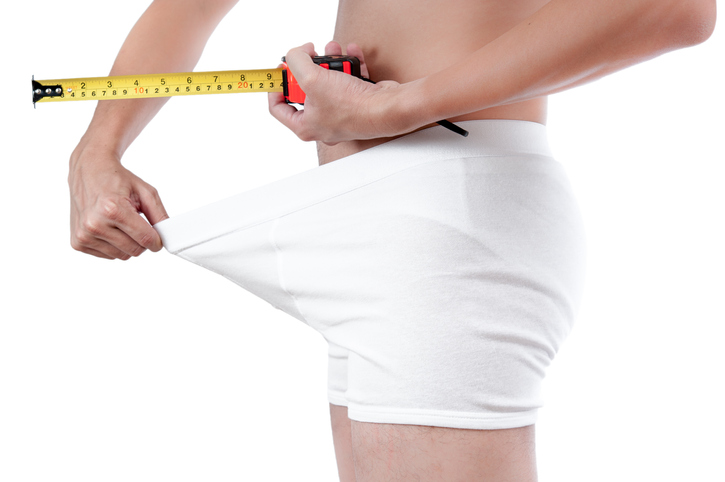
What Is the Average Penis Size?
If you have ever wondered how your penis compares to others in terms of size, you are not alone. Many men are curious to know how their penises stack up compared to the average. Unfortunately, general curiosity can sometimes give way to full-on obsession and anxiety about penis size. This can be an unhealthy and often unnecessary fixation, especially because most men who think their penises are too small have perfectly normal-sized penises.
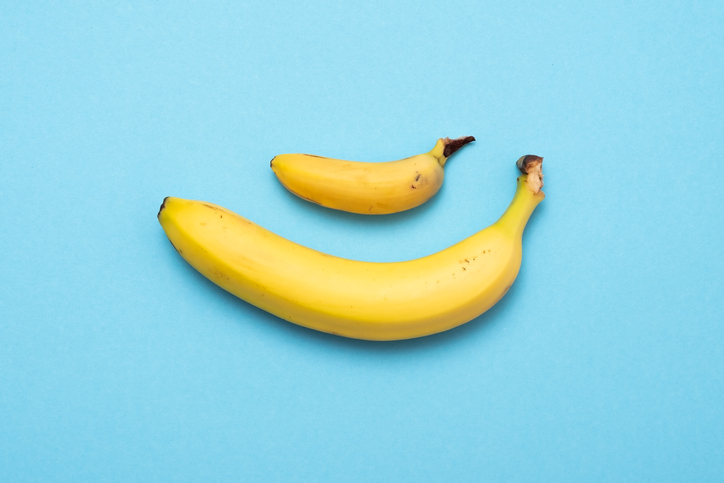
What Is Jelqing, and Does It Actually Work?
The term “jelqing” refers to a set of penis stretching exercises that some believe can make the penis bigger. Although the practice has gained attention and popularity in blogs and internet forums in recent years, there is no scientific evidence that it is an effective way to permanently increase the size of one’s penis. In fact, in some cases, jelqing may actually cause damage to the penis, so it is a good idea to get all the facts before setting off to try it.

What Is Sensate Focus and How Does It Work?
Sensate focus is a technique used to improve intimacy and communication between partners around sex, reduce sexual performance anxiety, and shift away from ingrained, goal-oriented sexual patterns that may not be serving a couple.
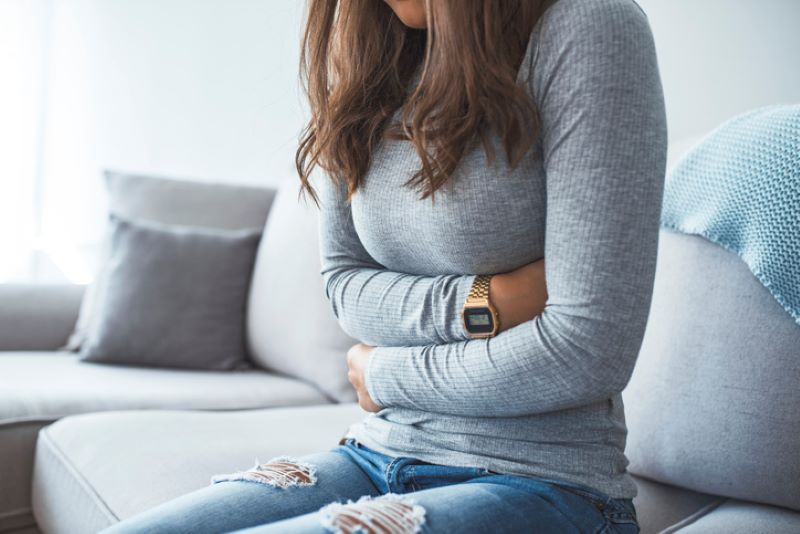
Can Sex Reduce Menstrual Cramps?
The SMSNA periodically receives and publishes ‘guest editorials.’ The current article was submitted by Mia Barnes, a freelance writer and researcher who specializes in women's health, wellness, and healthy living. She is the Founder and Editor-in-Chief of Body+Mind Magazine.
Having sex while you experience menstrual cramps is healthy and can provide significant benefits. While it might not be the first activity that comes to mind when your PMS or period cramping begins, many people enjoy sex to reduce menstrual cramps, experience increased pleasure and benefit from other advantages. Learn more about having sex while menstrual cramps are happening and how it can help your body.
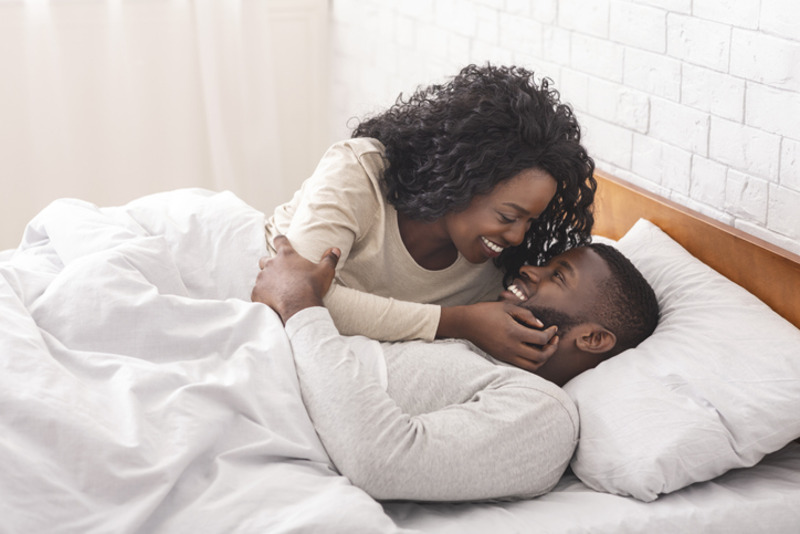
How Long Does It Take the Average Man to Ejaculate?
On average, it takes a man between 5 to 7 minutes to orgasm and ejaculate during sexual intercourse.
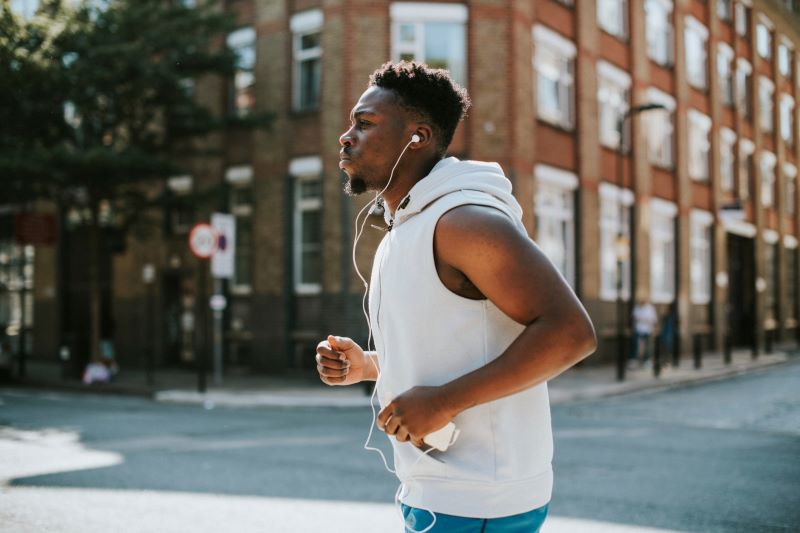
The Effect of Regular Aerobic Exercise on Erectile Function
Erectile dysfunction (ED) is the inability to achieve or maintain an erection sufficient for satisfactory sexual activity. As men get older, their erectile functioning may naturally decline due to changes in testosterone levels, cardiovascular functioning, and the potential development of other chronic medical conditions that become more common with age.
You are prohibited from using or uploading content you accessed through this website into external applications, bots, software, or websites, including those using artificial intelligence technologies and infrastructure, including deep learning, machine learning and large language models and generative AI.

